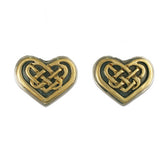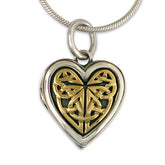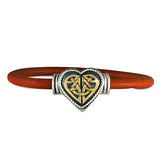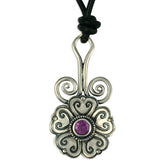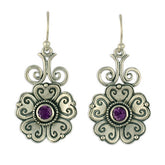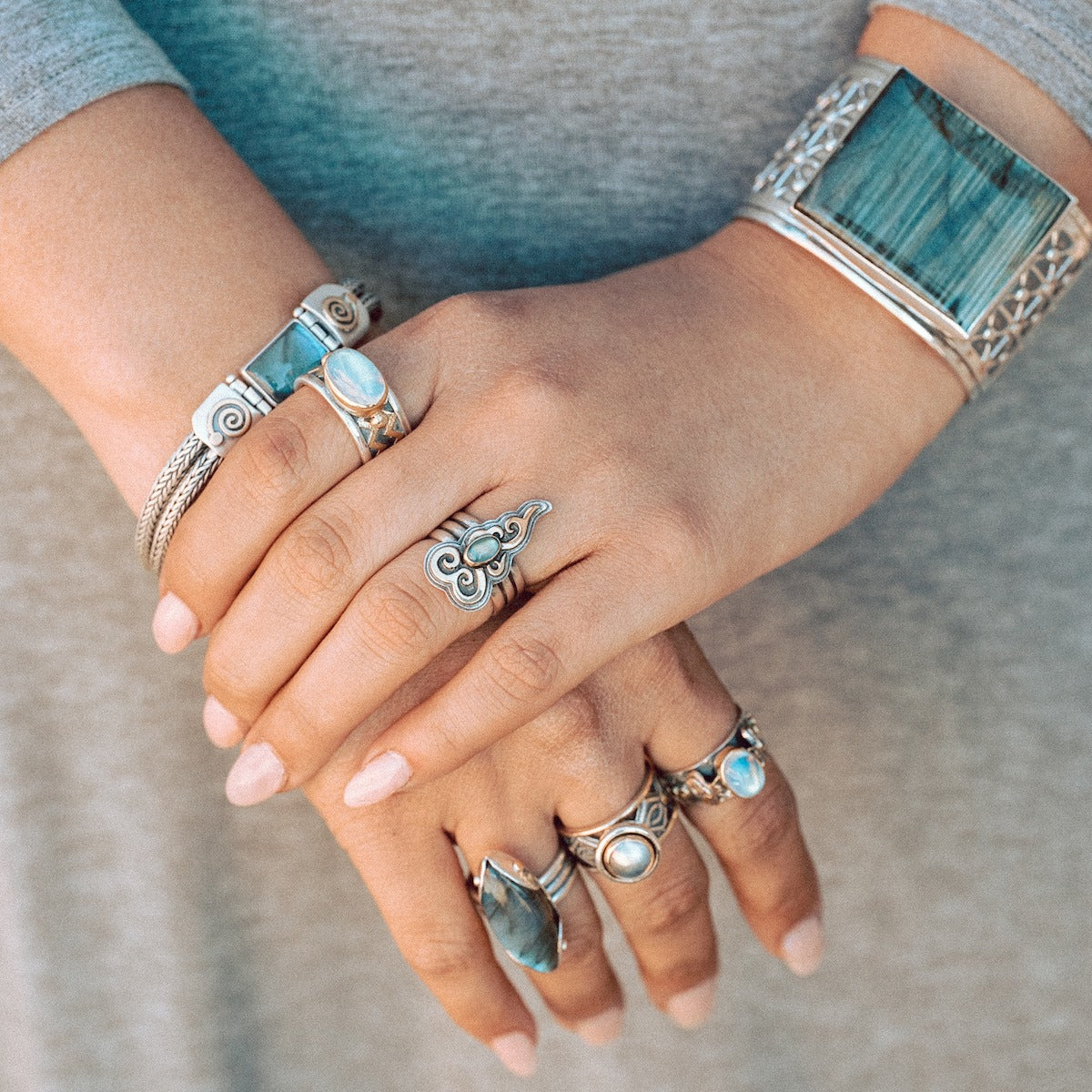August - Peridot

If you are haunted by vague terrors in the night—those meandering demons, night hags and phantoms that wander bedside between the arsenic hours of two and four, when sleep is as illusive as hems from the moon's yellow skirt—peridot might be just the gem for you. The sixteenth century writer, Marbod, suggests you string it on a piece of hair from an ass (a donkey, not your lover's) and attach it securely to your left arm (Kunz 171). Also, if you happen to be a dabbler in necromancy, it's wise to choose peridot as your talisman.
The etymology of the word 'peridot,' (which is the birthstone of August), can be traced only back to the French word 'peritot.' We do not know the original source beyond that. It is first recorded as being mined from St. John's Island, located off the coast of Egypt. Peridot on St. John's Island was so radiant that it could be found at night. Any trespasser caught stealing from these early mines was killed. Peridot was prized by Egyptian kings and first referenced in papyri texts that date back to 1500BC (Kunz 170). Even today, St. John's Island is one of the main sources of peridot.
Outside of this early lore, not much is mentioned about peridot in European writings over the eons. A tenth-century bishop, Andreaus of Caesarea, named the gem one of the foundation stones of the church-- and associated it with the apostle Bartholomew, "since he was illustrious for his divine preaching and his store of virtues" (Knuth 170). Some excellent pieces were brought back to the treasuries of the church and presented as emeralds during the crusades-- a mislabeling that continues even today.
To glean some understanding of what this gem might symbolize, we can first consider its actual shape. Peridot has a hexagonal shape, which is formed by placing two triangles back to back. The shape represents balance and community. Six (the number of sides in a hexagon) is also said to represent mankind's manifestation on earth. Solomon's seal had six points and was said to symbolize a means of arriving at resolution and balance after indecision.
Surely the main meaning of peridot, however, must be understood in references over thousands of years to the sun and to demons. Demons operate in the darkness—in myth, and metaphorically as well. Consider the images from dreams which rise up from the underworld, of what today we call the unconscious. These images are often difficult to understand even when brought to the light of day. It's a mysterious world of metaphor and shifting shapes.
To have a piece of peridot is to be anchored to a different perspective. Peridot is not a gem that guides you down in those dark realms. It has a strong association with the sun and offers protection from those spirits. In the daylight, physically and metaphorically, you can see the outline and form of what is around you more clearly. In the light, everything is clear. This in itself can be healing, especially for those who are haunted by their internal demons of the night. No wonder, also, that some early writers also spoke of how the gem brought clear sight.
The lovely green color of the gem is in itself associated with healing. Green is the color of verdant vitality, of the leafy growth of spring. Peridot's direction leads toward the heavens, the path of the sun, which gives the light allowing everything on earth to thrive. Even today, peridot is viewed by some people as a stone that connects on to the "light" which brings a renewed sense of the self and one's purpose in life.
Browse our Peridot Jewelry collection at https://celticjewelry.com/collections/peridot-august
References: Most of the historical content, myth and lore referenced in this article came from two books, both of which are in print and available on line:
George Frederick Kunz, The Curious Lore of Precious Stones, New York; Dover Publications, Inc. 1913, 1971 edition.
Bruce Knuth, Gems In Myth, Legends And Lore, Parachute, Colorado, Jewelers Press, 2007.

